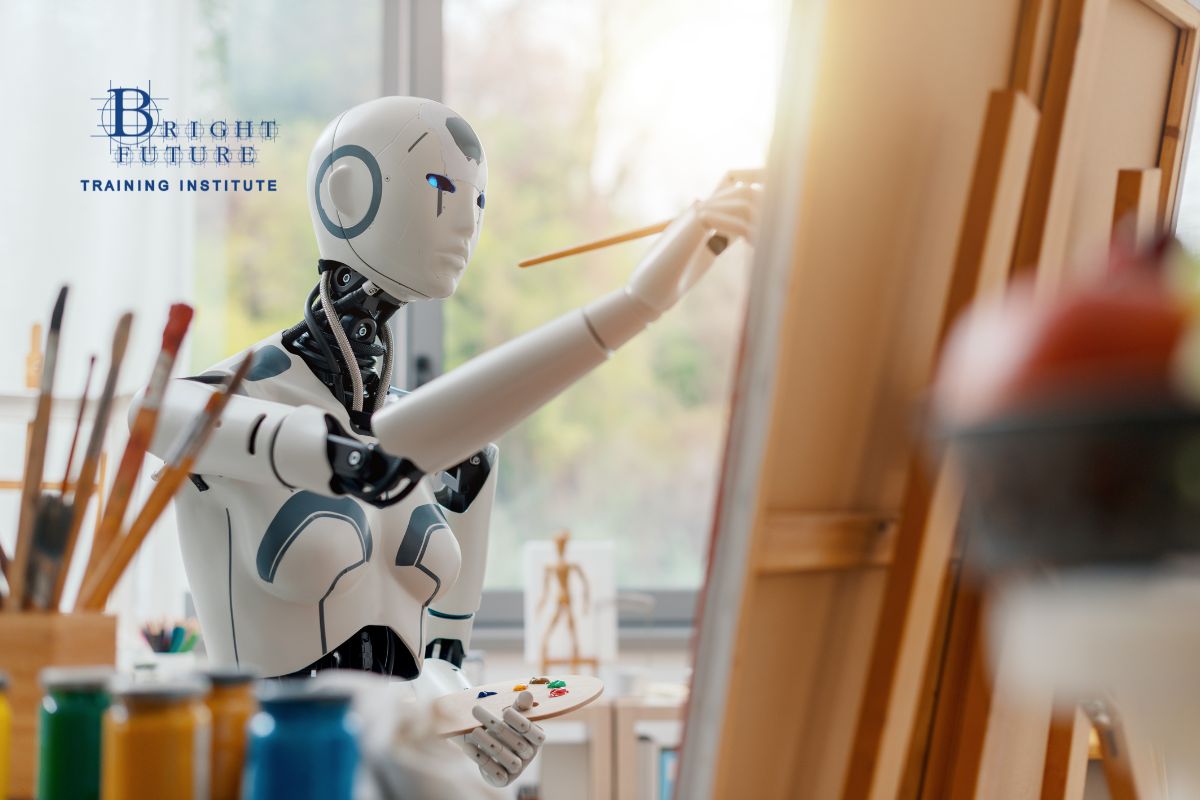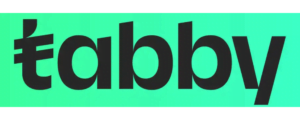The graphic design industry is experiencing a seismic shift. Artificial Intelligence (AI) is no longer a futuristic concept but a present reality that is revolutionizing creativity. AI-powered tools can now generate stunning visuals, layouts, and branding elements within seconds. But does this mean human designers are becoming obsolete? Or is AI simply a tool to enhance creativity rather than replace it?
AI in graphic design isn’t entirely new. Over the years, software like Adobe Sensei, Canva AI, and DALL·E has gradually introduced automation into the design process. What started as simple background removal tools has evolved into advanced AI-driven applications capable of generating entire design compositions.
Key Developments in AI-Driven Design:
- Generative AI: AI-powered tools like DALL·E and MidJourney create unique images from simple text prompts.
- Automated Design Platforms: Platforms such as Canva and Adobe Express allow users to create professional designs using AI suggestions.
- AI-Powered Branding: AI tools generate logos, brand guidelines, and marketing materials tailored to businesses.
- Real-Time Image Editing: Tools like Remove.bg and Adobe Sensei enable instant background removal and image enhancements.
The Rise of AI in Graphic Design
The rise of AI has changed the graphic design world significantly. Designers now use AI tools to perform routine tasks and work faster, allowing them to focus more on creativity.
AI analyzes design trends to help you create designs that people love. This helps brands stand out. Adobe and others say AI use in graphic design will grow significantly.
Using AI tools helps you work better and keep your projects artistic. This change makes work easier and encourages new ideas in graphic design.
The Benefits of AI in Graphic Design
AI is not just a challenge to designers—it’s also a powerful ally. It streamlines processes, enhances efficiency, and allows for greater creative exploration.
1. Speed and Efficiency
AI drastically reduces the time required for design tasks. While a human designer may take hours to create a concept, AI can generate multiple design variations in seconds.
2. Cost-Effective Solutions
Hiring a professional designer can be expensive, especially for startups. AI-driven design platforms provide budget-friendly solutions, democratizing access to high-quality design.
3. Accessibility for Non-Designers
AI-powered platforms like Canva and Figma AI allow people with little to no design experience to create professional-grade visuals effortlessly.
4. Data-Driven Creativity
AI analyzes trends and audience preferences, helping businesses create data-driven designs that resonate with their target market.
Impact of AI on the Creative Process
The impact of AI on the creative process is growing in the design world. AI can handle repetitive tasks, freeing up designers’ time. This lets you focus more on creative ideas.
AI does more than automate tasks. It studies what people like and what is trending. This helps guide your design choices, sparking new ideas and improving your work.
AI also improves teamwork. It helps teams talk and make decisions faster, allowing everyone to share ideas without getting stuck.
Knowing how to use AI is key as it changes how we work. By embracing AI, you can change your approach to projects, making your work more innovative and exciting.
AI vs. Designers: A Competitive or Collaborative Future?
Rather than viewing AI as a competitor, many designers are integrating AI into their workflow to enhance creativity rather than replace it.
How Designers Can Use AI to Their Advantage:
- Idea Generation: AI tools can help brainstorm creative concepts, color palettes, and design elements.
- Automation of Repetitive Tasks: AI speeds up mundane tasks like resizing images, removing backgrounds, and optimizing layouts.
- Personalized User Experiences: AI-driven tools analyze user behavior to create customized and adaptive designs.
- AI-Assisted Creativity: Designers can refine AI-generated visuals with their expertise, ensuring originality and human creativity remain central.
In essence, AI should be seen as a tool rather than a threat.
AI Tools Revolutionizing Graphic Design
In today’s fast-paced world, AI tools are significantly changing graphic design. They make processes easier and boost creativity for everyone. Tools like Canva, Adobe Sensei, and Figma make big waves, offering once-impossible features.
Canva is known for its easy-to-use design. It lets you make amazing designs quickly. Adobe Sensei uses machine learning for better image processing, making your designs look even better.
Figma is a top choice for working together. It lets teams work online at the same time. This saves time and helps teams be more creative. With these AI tools, you can do more creative work than ever. You will be leading the way in graphic design.
The Future of Graphic Design with AI
Thanks to AI, the world of graphic design is changing fast. As designers, it is key to keep up with these changes. The future looks bright, with human creativity and AI working together.
Designs are becoming more personal. Machine learning creates designs that fit what each person means, which means visuals that connect. Designers will focus more on creating experiences and using AI to help.
Virtual reality is now a big part of design. It lets people explore designs in a new way, which is a big step forward, opening up new areas for creativity.
Experts say using AI is vital for designers to succeed. Learning how to use these tools well puts you ahead in the game. The mix of human talent and AI is set to change the design world in exciting ways.
What Designers Can Learn from AI
Using new tech can boost your skills as a graphic designer. Learning from AI makes your work easier and helps solve tough design problems. You can learn how AI uses data and develop new ideas to improve your work.
It is important to keep growing in this tech age. Here are some key lessons:
- Embrace technology: Knowing AI tools can make you better and faster at your job.
- Analyze consumer preferences: AI can help you understand what people like, making your designs more effective.
- Collaborative innovation: Working with AI can make you more creative, leading to fresh ideas in design.
Your path to becoming a better designer should include using AI’s benefits. By adding AI insights to your work, you will be ready to handle industry changes and succeed.
Best Practices for Aspiring Graphic Designers
Starting your career in graphic design is thrilling and demanding. To succeed, it is crucial to follow best practices. First, create a strong portfolio that highlights your talents and creativity. A well-made portfolio is like a visual resume, showing off your style and skills to employers.
Networking is also vital for your growth. Go to industry events, join online forums, and connect with graphic design professionals. These connections can open doors to new projects and mentorship. Do not forget the importance of design education. Look into courses at places like the Bright Future Institute in Dubai. They offer the latest skills and knowledge needed in the market.
Always keep learning. Stay current with industry trends, tools, and methods. Take part in workshops, webinars, and online tutorials. Listen to feedback from mentors and peers to improve your work. In a field that’s always changing, staying updated and skilled will keep you competitive.
Focusing on a strong portfolio, networking, and ongoing education will lay a solid foundation for your career. Following these practices will help you thrive in the fast-paced world of graphic design, both in Dubai and globally.
Challenges Faced by Designers in the Age of AI
AI has changed graphic design, bringing new challenges for designers. You might face obstacles like job loss. Many worry that AI could take over creative jobs, leaving fewer designer opportunities.
Keeping up with new skills is another big hurdle. Technology moves fast, and you must learn new tools and trends quickly. This can be tough, given the creativity and originality needed in design.
It’s hard to maintain your creative voice when using AI. Finding the right balance between AI help and your unique style is challenging. There is also the issue of algorithmic bias, which raises ethical questions about AI in design. Understanding these biases is important to creating innovative and fair work.
Bright Future Institute and Graphic Design Training
Investing in your skills is key in the graphic design world. The Bright Future Institute provides top-notch graphic design training. Their courses in Dubai give you the knowledge and experience you need to stand out.
Their curriculum mixes practical skills with theoretical concepts. You will learn essential software tools and design principles. Building a strong portfolio is a big part of these courses. It shows your skills to potential employers.
Choosing quality training programs like those at the Bright Future Institute is crucial. By improving your skills through their courses, you become more employable and better at adapting to new technologies and design trends.
Adapting to the Changing Job Landscape
Graphic designers must keep up with the changing job world. It is important to keep learning new things. Look into online courses and workshops on the latest graphic design trends.
Working with AI tools can make your creative work better. These technologies help you work faster and try out new ideas. This way, you can focus more on the creative parts of your job.
Exploring new areas like digital branding and user experience design. These fields are growing and need skilled designers. Being open to new things will keep your skills sharp and competitive.
Being able to change and adapt is key to success in a fast-changing world. You can stay ahead in the design field by always looking to learn.
Conclusion
AI is undoubtedly transforming graphic design, but it cannot replicate the artistic intuition, human experience, and creative storytelling that human designers bring to the table. Rather than replacing designers, AI is set to become a powerful tool that enhances creativity and efficiency.
For businesses and creatives, the key is to adapt and leverage AI while maintaining originality and authenticity. After all, the most compelling designs are those that blend technology with human ingenuity.
Learning and being open to new ideas is key. This way, you can handle the changes in graphic design. Doing so prepares you for the future in an AI world.
Using what you have learned, you can prepare for the future of graphic design. You can succeed in this new world with the right skills and attitude. It is not just possible; it is exciting.












